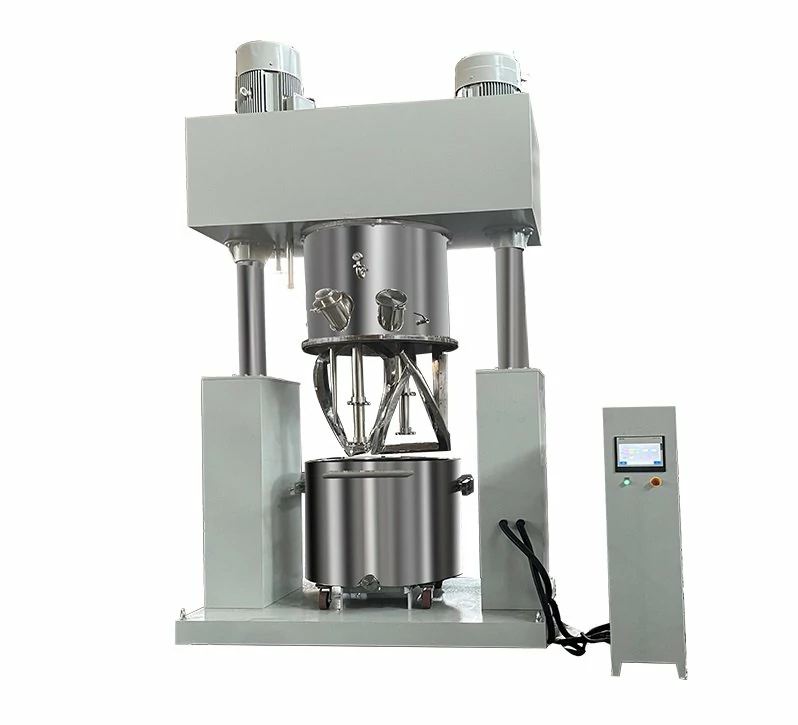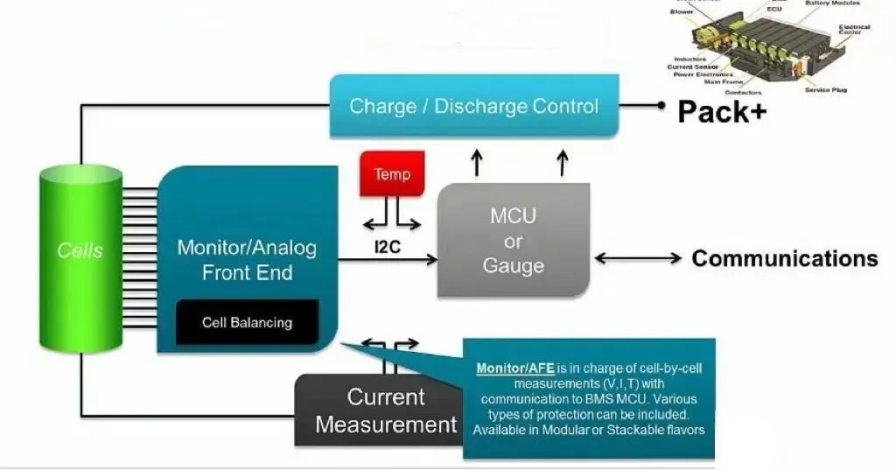Mixing slurry Process Prepare slurry in proportion: The main material,...
Cycle life of the battery pack
Cycle life of the battery pack The Cycle Life of a battery pack is one of the important indicators to measure the performance of a battery. It refers to the total number of charging and discharging cycles that a battery can undergo under specific charging and discharging conditions until its capacity drops to a specific value (usually 80% of the nominal capacity). With the popularity of applications such as smart devices, electric vehicles, and renewable energy storage systems, the cycle life of battery packs has attracted more and more attention. This paper will deeply explore the definition of battery pack cycle life, influencing factors, measurement methods, and strategies to extend the cycle life.
definition
Cycle life of the battery pack The Cycle Life of a battery pack is one of the important indicators to measure the performance of a battery. It refers to the total number of charging and discharging cycles that a battery can undergo under specific charging and discharging conditions until its capacity drops to a specific value (usually 80% of the nominal capacity). With the popularity of applications such as smart devices, electric vehicles, and renewable energy storage systems, the cycle life of battery packs has attracted more and more attention. This paper will deeply explore the definition of battery pack cycle life, influencing factors, measurement methods, and strategies to extend the cycle life.
The importance of cycle life
Economy
High cycle life means device users can use the battery longer, thus reducing the frequency and cost of battery replacement, saving financial expenses.
Environmental protection
The manufacturing and processing of batteries will have an impact on the environment. Prolonging the service life of batteries can reduce the generation of battery waste, which is in line with the concept of sustainable development.
Performance stability
Batteries with a long cycle life usually have better performance stability and are able to maintain good power output under a variety of operating conditions.
Factors affecting cycle life
The cycle life of a battery pack is affected by many factors, including:
Charge and discharge rate: Although fast charge and discharge can improve the short-term use efficiency, too high charge and discharge rate will lead to a decrease in the capacity of the battery and shorten the cycle life.
Operating temperature: The stability of the internal chemical reactions of the battery will be affected when it works in a high or low temperature environment, thus affecting the cycle life. Generally, the optimal operating temperature of lithium-ion batteries is between 20 ° C and 25 ° C.
Depth of charge and Discharge: Depth of Discharge (DoD) has a significant impact on cycle life. In general, shallower charge and discharge depths, such as discharging only to 80%, will greatly extend the cycle life of the battery.
Battery materials: Different battery chemients (such as lithium cobalt oxide, lithium iron phosphate, etc.) have different durability and cycle life performance. Choosing the right material can effectively improve the cycle life.
Use environment: The storage and working environment of the battery (such as humidity, vibration, etc.) will also have an impact on its cycle life. Under strict operating conditions, the performance of the battery may be limited.
Measurement method of cycle life
The cycle life of a battery pack is usually measured as follows:
Standardized test: Formulate specific charging and discharging conditions, such as 100 charging and discharging cycles at the set current and temperature, observe the change of battery capacity after each cycle, and record the measured data.
Accelerated aging test: A battery is accelerated under extreme conditions such as high temperature and high voltage to quickly assess its cycle life.
Practical application monitoring: Monitor the working state of the battery in practical application, and record the use time and performance changes. This approach can provide a more realistic reference for the cycle life.
Strategies to extend cycle life
Optimizing the charging and discharging strategy
Maintaining a moderate charging and discharging rate to avoid excessive charging and discharging can effectively prolong the service life of the battery.
Control the operating temperature
pay attention to the working temperature of the battery in the design and application, and try to keep it in the appropriate range.
Choose the right battery type
Depending on the specific application, choose a high cycle life battery, such as lithium iron phosphate battery usually has better cycle life performance.
Regular maintenance and testing
Regular maintenance and testing of the battery pack to find and solve potential problems in time to ensure that the battery is in good working condition.
Reasonable storage
When storing the battery, extreme temperature and humidity should be avoided, and the battery should be charged regularly to prevent capacity loss caused by self-discharge.
Conclusion
The cycle life of the battery pack is one of the important indicators to evaluate the performance of the battery, which has an important impact on the economy and environmental protection of the equipment. By understanding the definition of cycle life, influencing factors, and measurement methods, users can more effectively select and manage battery packs to ensure their efficiency and longevity during use. At the same time, adopting scientific charge and discharge management and appropriate maintenance strategies can significantly extend the cycle life of batteries and provide reliable energy support for smart devices and renewable energy applications. In the future, as technology continues to advance, innovation in battery materials and design will further promote the improvement of cycle life and support sustainable development.

Home energy storage product series
A lithium battery pack for home energy storage systems, which is compatible with solar panels and the sun The inverter can work together with the power grid to power household appliances, and it can also be used as a For off grid systems.
Extended reading
Introduction to the electrolyte of lithium iron phosphate battery
Introduction to the electrolyte of lithium iron phosphate battery Lithium...
THE ESSC Brand promise
Global supply
Our products sell well all over the world, covering many countries and regions, through the global logistics network, to provide customers with convenient purchasing experience.
Rigorous quality
We adhere to the highest quality control standards to ensure every product meets industry regulations and customer expectations, earning trust through consistent excellence.
Excellent service
With a customer-centric approach, we provide prompt responses, professional support, and personalized services, aiming to deliver the best user experience and long-term value.


